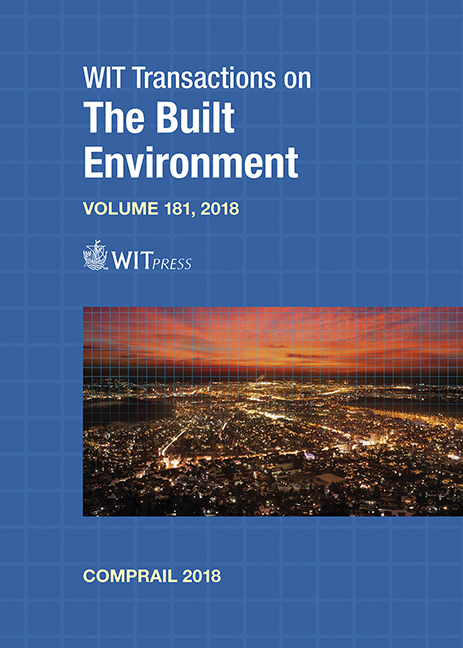METHODS FOR INTRODUCING A NEW INTERLOCKING SYSTEM IN OMIYA STATION, JAPAN
Price
Free (open access)
Transaction
Volume
181
Pages
8
Page Range
519 - 526
Published
2018
Size
811 kb
Paper DOI
10.2495/CR180461
Copyright
WIT Press
Author(s)
KOJI SUGIURA, TAKASHI KAWANO, KATSUYA KATO, HIDEKI KOMUKAI, YUSUKE TAKANO
Abstract
East Japan Railway Company has been going forward with computer-based interlocking migration strategies. More than 20 have been replaced each year. One of the major issues is how to efficiently test the current systems in the limited maintenance time whilst staying within the deadline as scheduled. Omiya station is one of the largest and most significant hub railway stations in the company – where Tohoku line, Saikyo line, and Takasaki line converge. We replaced this station’s interlocking system in January 2017, introducing a system which was based on both the new IP control technology using optical cables and the conventional technology using copper cables. As the system controls a large number of signalling devices, we must complete numerous onsite tests in a regular maintenance time of about two hours per day. In this paper, we will present the station’s system structure and the changeover method we applied in Omiya station using both switching relays and IP controlled devices. We tested the system onsite and changed it successfully without causing any suspension of the train operations.
Keywords
computer-based interlocking, IP control, optical fiber, plug-in relay, overlap track circuit





